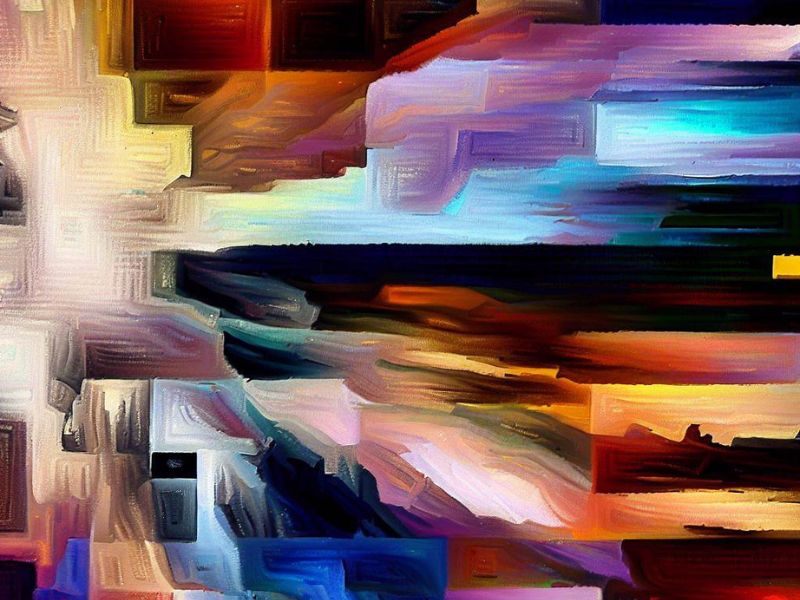In the ever-evolving world of art, the digital age has ushered in a revolution that transcends traditional boundaries and redefines artistic creation. With the advent of technology, artists have gained new tools, mediums, and platforms to express their creativity in ways that were once unimaginable. The fusion of art and technology has not only changed how art is created but has also reshaped the very concept of what art can be.
The Canvas of Cyberspace
Redefining the Creative Process
The transition from brush strokes to pixels has redefined the way artists conceptualize and execute their creations. Digital tools such as graphic design software, 3D modeling programs, and digital painting platforms have enabled artists to experiment and iterate like never before. The ability to instantly undo, manipulate, and layer elements has transformed the creative process into a dynamic and exploratory journey.
A World without Boundaries
The digital realm has removed physical constraints, allowing artists to traverse mediums effortlessly. Traditional artists can seamlessly integrate digital elements into their work, while digital artists can draw inspiration from traditional techniques. This merging of worlds has given rise to hybrid artworks that challenge conventional categorizations and invite viewers to reimagine artistic expression.
Pixels as Pigments
The Digital Canvas
With the advent of digital tablets and styluses, artists have discovered a new canvas in the form of touch-sensitive screens. These tools replicate the tactile experience of traditional mediums while offering an array of digital possibilities. Artists can mimic the texture of canvas, simulate brushstrokes, and experiment with an infinite palette of colors without worrying about supplies running out.
Beyond the Static
The digital age has introduced motion and interactivity into art. Animation, augmented reality (AR), and virtual reality (VR) have expanded the boundaries of visual storytelling. Artists can create immersive experiences that transcend the two-dimensional plane, captivating audiences in dynamic narratives that engage multiple senses.
The Audience in Cyberspace
A Global Art Community
The internet has democratized art, allowing artists to share their work with a global audience instantaneously. Social media platforms, online galleries, and artist websites have transformed the way art is distributed and consumed. Artists can gain recognition, connect with fellow creators, and even sell their work directly to collectors without the need for intermediaries.
The Challenge of Authenticity
As digital art gains prominence, questions about authenticity and ownership have emerged. The ease of reproducing and sharing digital works challenges traditional notions of uniqueness and rarity. Blockchain technology has entered the art world to address these concerns, enabling artists to create certified digital editions and ensure the provenance of their creations.
The Future of Creation
AI and Art Collaboration
The fusion of art and technology reaches new heights with the integration of artificial intelligence (AI). AI-generated art challenges our perceptions of creativity and authorship, while also providing artists with new tools for experimentation and inspiration. The collaboration between human ingenuity and AI algorithms is pushing the boundaries of artistic innovation.
Navigating the Digital Landscape
The digital age has brought forth endless possibilities, but it also raises questions about the preservation of digital art and the impermanence of technology. As artists continue to explore this new frontier, they must grapple with the challenges and opportunities that the digital age presents, ensuring that the legacy of their creations endures in an ever-changing world.
The transition from traditional art techniques to digital mediums is not just a change in tools; it’s a transformation of the artistic landscape itself. As pixels become the new pigments and cyberspace the canvas, artists navigate uncharted territory, redefining art’s boundaries and ensuring its evolution persists into the digital era.
